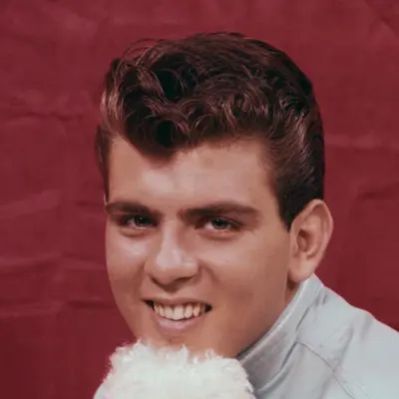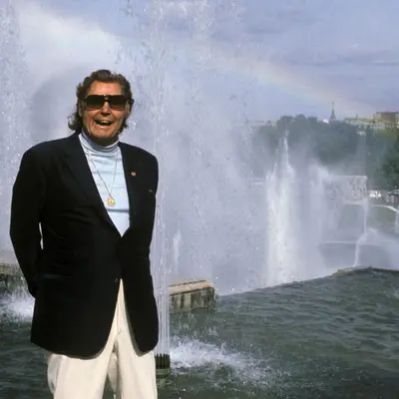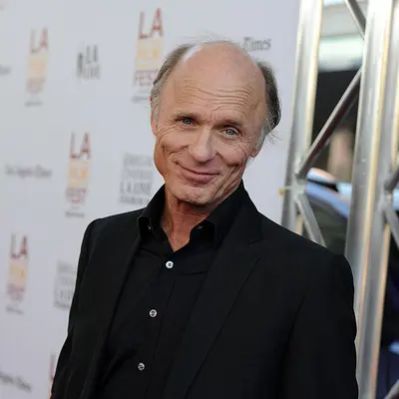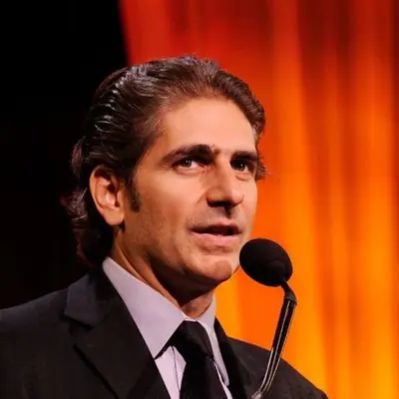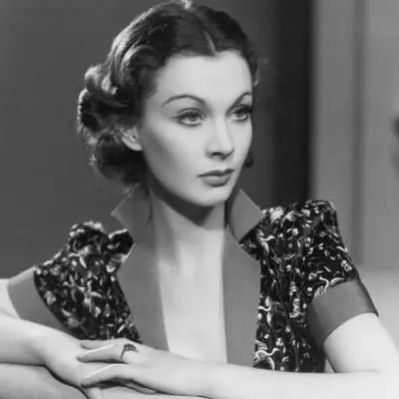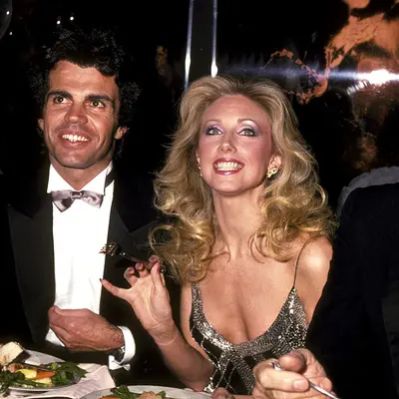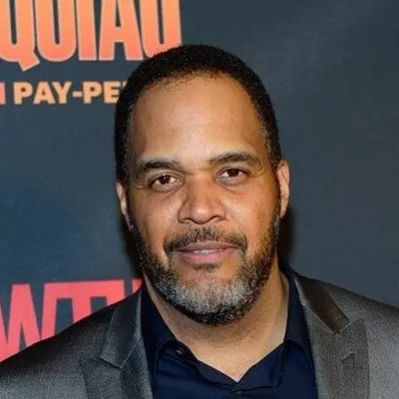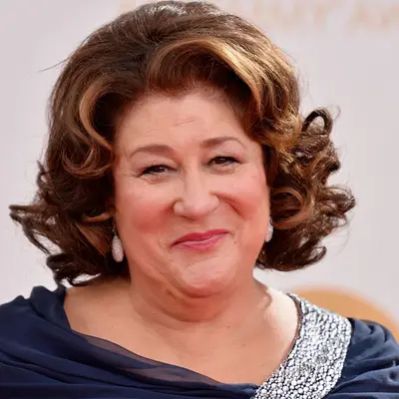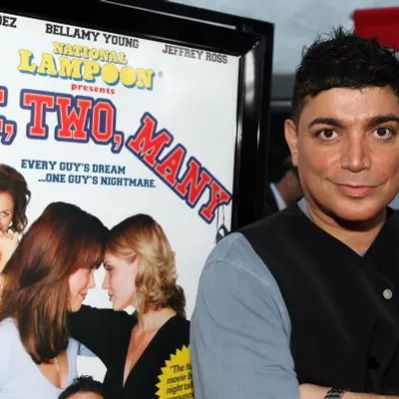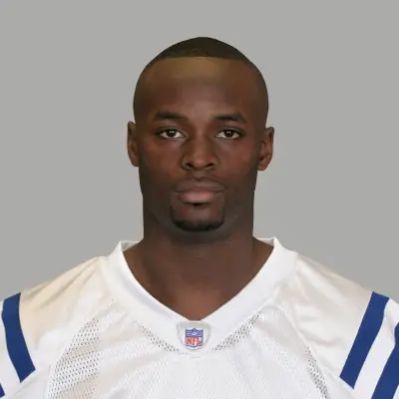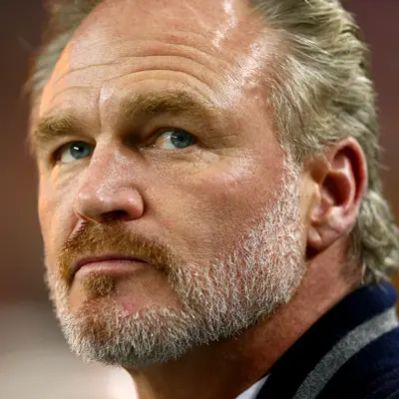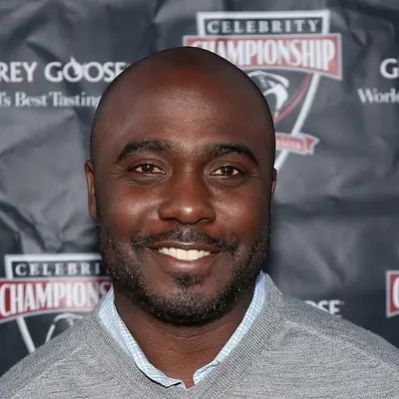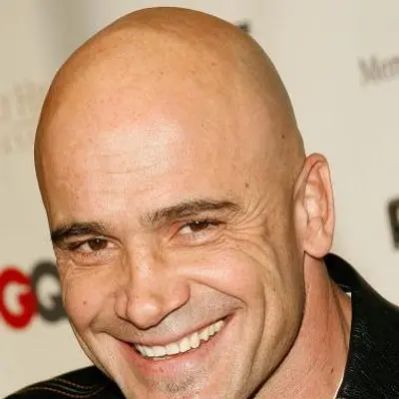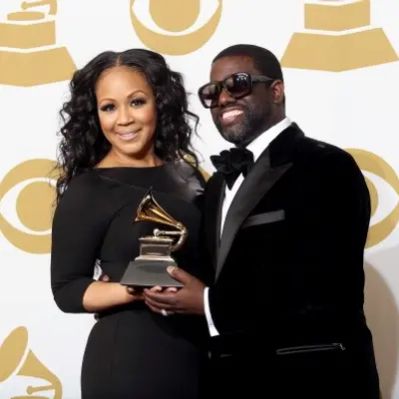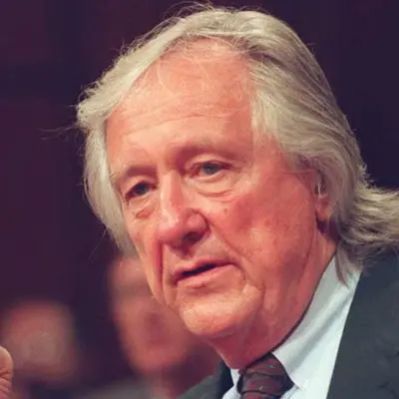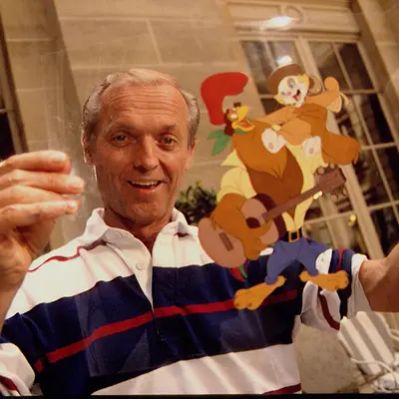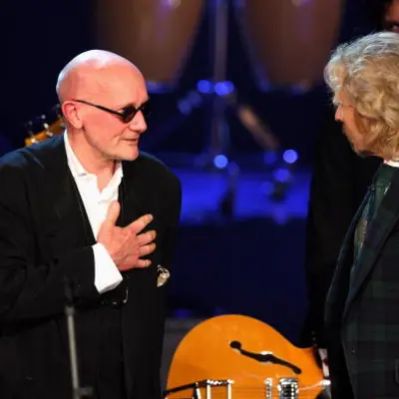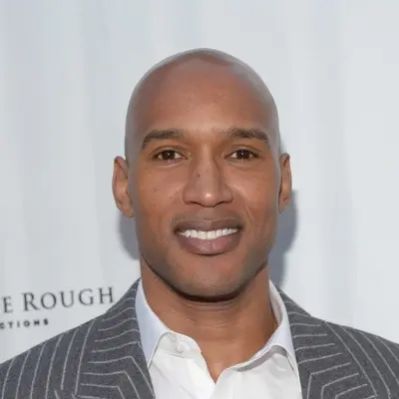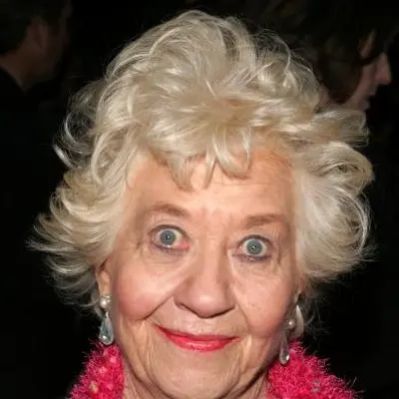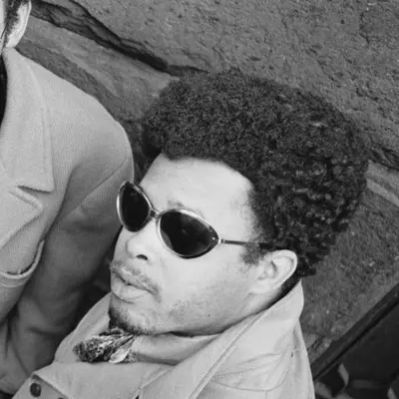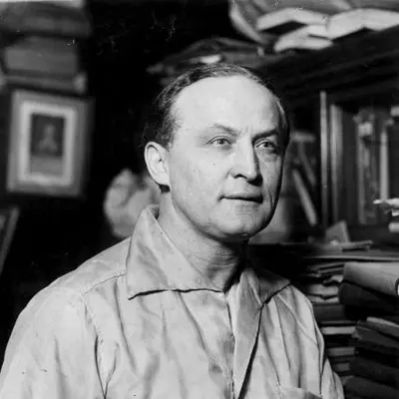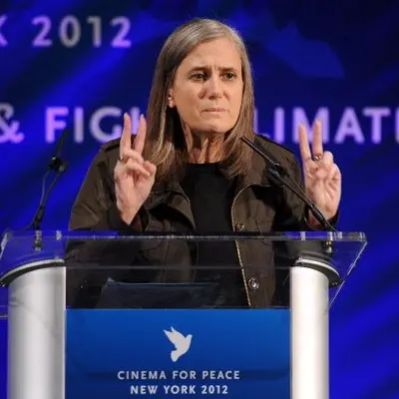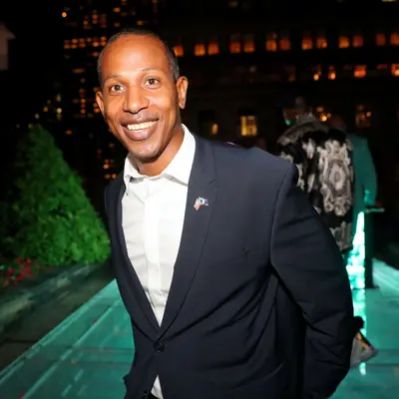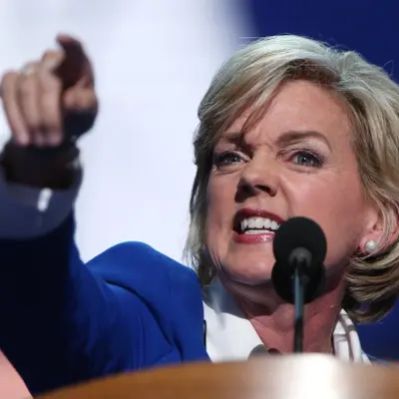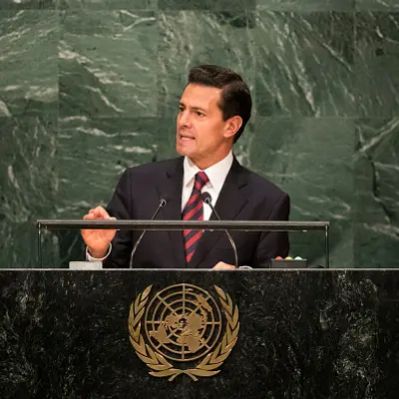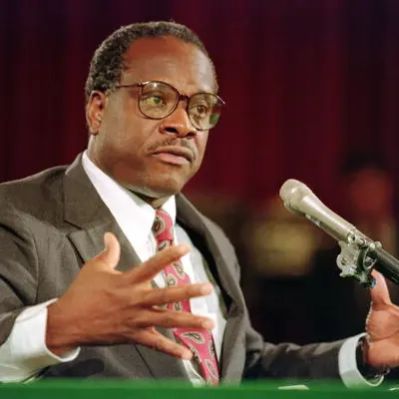What Is Fabian Forte’s Net Worth?
Fabian Forte, the American singer and actor who rose to fame in the late 1950s, has accumulated a net worth of $5 million. This figure reflects his decades-long career encompassing music, film, and television, with contributions from record sales, acting roles, and various personal investments. His financial journey began in South Philadelphia and evolved through significant milestones in the entertainment industry.
Early Career and Music Revenue Streams
Fabian Anthony Forte was born on February 6, 1943, in Philadelphia, Pennsylvania. His breakthrough came unexpectedly when record producers Peter DeAngelis and Bob Marcucci of Chancellor Records noticed him during a family emergency. This chance encounter led to a recording contract, providing Fabian with an initial weekly allowance of $30 while he balanced his budding career with part-time work at a pharmacy and studies at South Philadelphia High School. The financial stability this provided his family was a significant motivator during those early years.
Fabian’s early musical successes significantly contributed to his wealth. His single “Shivers” gained traction in Chicago, leading to his introduction to Dick Clark and appearances on “American Bandstand.” Record sales and performance fees from hit songs like “Turn Me Loose” (peaked at #9 on the Billboard Hot 100), “Tiger” (peaked at #3), and “Hound Dog Man” (peaked at #9) generated substantial revenue during the late 1950s and early 1960s. While specific royalty rates and sales figures are not publicly available, the consistent charting of these singles indicates a steady income stream during that period.
Fabian released several albums, including “Hold That Tiger” (1959), “The Good Old Summertime” (1960), “Rockin’ Hot” (1961), and “Fabulously Grateful” (1963). Although detailed sales data for these albums is not readily accessible, their release and promotion would have provided additional income through royalties and personal appearances. Turning 18, Fabian strategically bought out his contract with Chancellor Records, demonstrating early financial acumen, to pursue an acting career, highlighting a shift in career focus and income strategy.
Transition to Acting and Film Earnings
Recognizing the potential of teen idols in film, 20th Century Fox signed Fabian to a long-term contract, marking a significant shift in his career and income sources. His first significant role was in “Hound-Dog Man” (1959), with his recording of the title song also contributing to his earnings. In 1960, co-starring roles in “High Time” with Bing Crosby and “North to Alaska” with John Wayne led to an increase in his salary, reflecting his rising status and market value in Hollywood. These early film roles laid the foundation for a lucrative acting career. His acting career significantly contributes to Fabian Forte’s net worth.
Fabian’s contract with 20th Century Fox included TV series, allowing him to showcase his versatility. His performance as a psychotic killer in the “A Lion Walks Among Us” episode of ABC’s “Bus Stop” garnered critical acclaim, although the episode’s controversial content led to limited airing. Regardless, this role enhanced his reputation as an actor, which likely influenced future opportunities and earning potential. Specific contract details and salary figures for these roles are not publicly available but would have added to his overall income during that time.
Subsequent film roles under contract with 20th Century Fox and American International Pictures (AIP) added to his income. These included “Five Weeks in a Balloon” (1962), “The Longest Day” (1962), and “Ride the Wild Surf” (1964). In November 1965, Fabian signed a seven-picture deal with AIP, starring in films such as “Fireball 500” (1966), “Dr. Goldfoot and the Girl Bombs” (1966), and “The Devil’s 8” (1968). Although the exact financial terms of these contracts are not public, such deals typically involve a combination of upfront fees, salary per film, and potential backend profits based on box office performance.
Later Career Ventures and Revenue
In later years, Fabian continued to work in film and television, albeit with less frequency than in his early career. He appeared in films like “Little Laura and Big John” (1973), “Disco Fever” (1978), and “American Pop” (1981), as well as guest-starring in television series such as “Love, American Style” and “The Facts of Life.” While these roles may not have commanded the same level of compensation as his earlier work, they contributed to his income and sustained his presence in the entertainment industry. His net worth continues to be supported by these income streams.
More recently, Fabian performed in a musical revue with other 1950s-era teen idols in Branson, Missouri. Such performances can generate revenue through ticket sales, merchandise, and potential profit-sharing agreements. Although specific financial details about these performances are not available, they represent a continued effort to leverage his established brand and appeal to his fan base.
Personal Life and Legal Matters
Fabian’s personal life has included several marriages and legal incidents that may have influenced his financial situation. His divorce from Kathleen Regan in 1979 and Kate Netter in 1991 likely involved financial settlements. In 1975, during a period of estrangement from Regan, Fabian was arrested, impacting both his personal life and potentially his professional opportunities. While precise details about these settlements and legal costs are not publicly disclosed, they are factors that can impact an individual’s net worth.
In 1978, Fabian was involved in a car accident while practicing for a charity racing event. Although he sustained minor injuries, the subsequent legal proceedings, where he was found 40% liable, resulted in an out-of-court settlement that awarded him over $30,000. While this settlement contributed positively to his finances, it also underscores the potential for unforeseen events to affect one’s financial standing.
Awards, Nominations, and Recognition
Fabian’s recognition in the entertainment industry has contributed to his brand and potential earning power. His nomination for a Laurel Award in 1961 and a Primetime Emmy nomination in 1993 for “The Wild West” highlight his achievements in both acting and production. His inductions into the Philadelphia Hall of Fame in 2000 and the Hollywood Walk of Fame in 2002 further solidify his legacy and can lead to increased opportunities for endorsements, appearances, and other revenue-generating activities. These accolades reflect a career that has contributed to his Fabian Forte’s net worth.
Real Estate and Assets
While specific details about Fabian Forte’s real estate holdings and other assets are not publicly available, it can be assumed that his net worth of $5 million includes investments in real estate, stocks, bonds, and other financial instruments. These investments are typical components of a comprehensive wealth management strategy and contribute to the overall financial stability of an individual with a long-standing career in the entertainment industry.
Fabian Forte’s net worth of $5 million is a reflection of his diverse career spanning music, film, and television, combined with strategic financial decisions and investments. While specific details about his assets and income streams remain private, the available information provides a comprehensive overview of the factors contributing to his financial standing. His ability to adapt to changing industry landscapes and leverage his brand has been crucial in maintaining his net worth over the years.
 Net Worth Ranker
Net Worth Ranker
